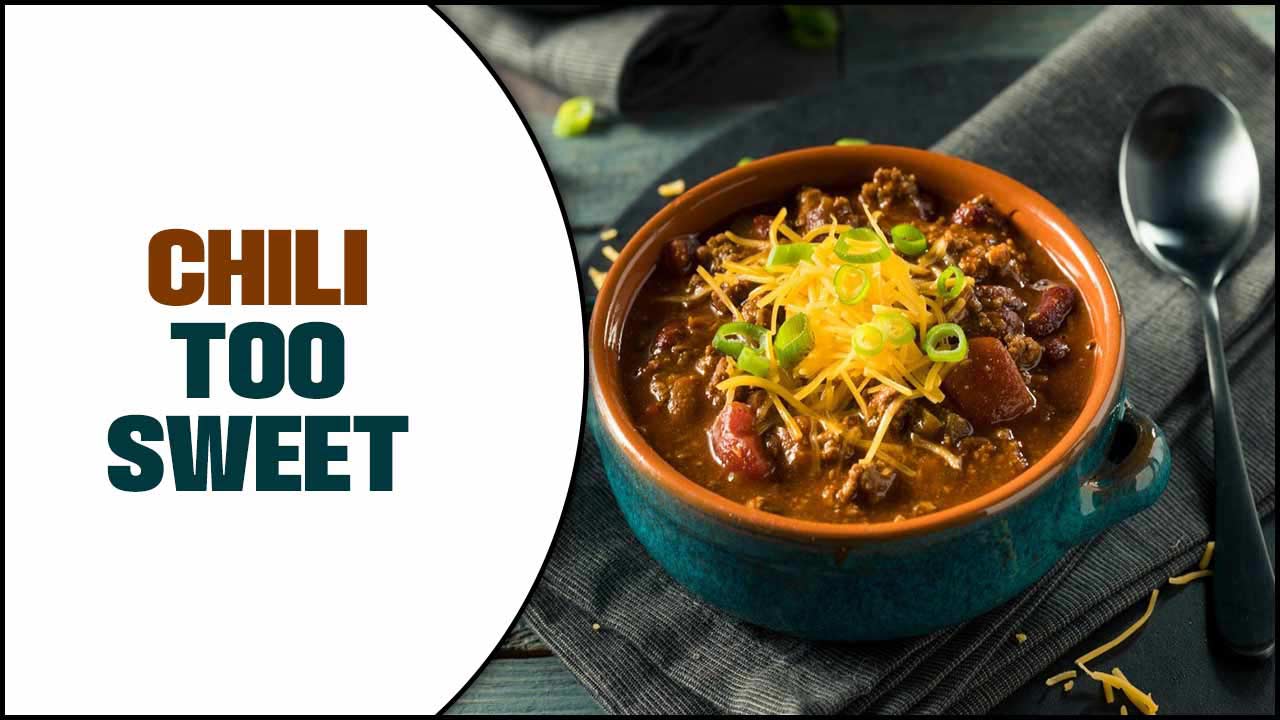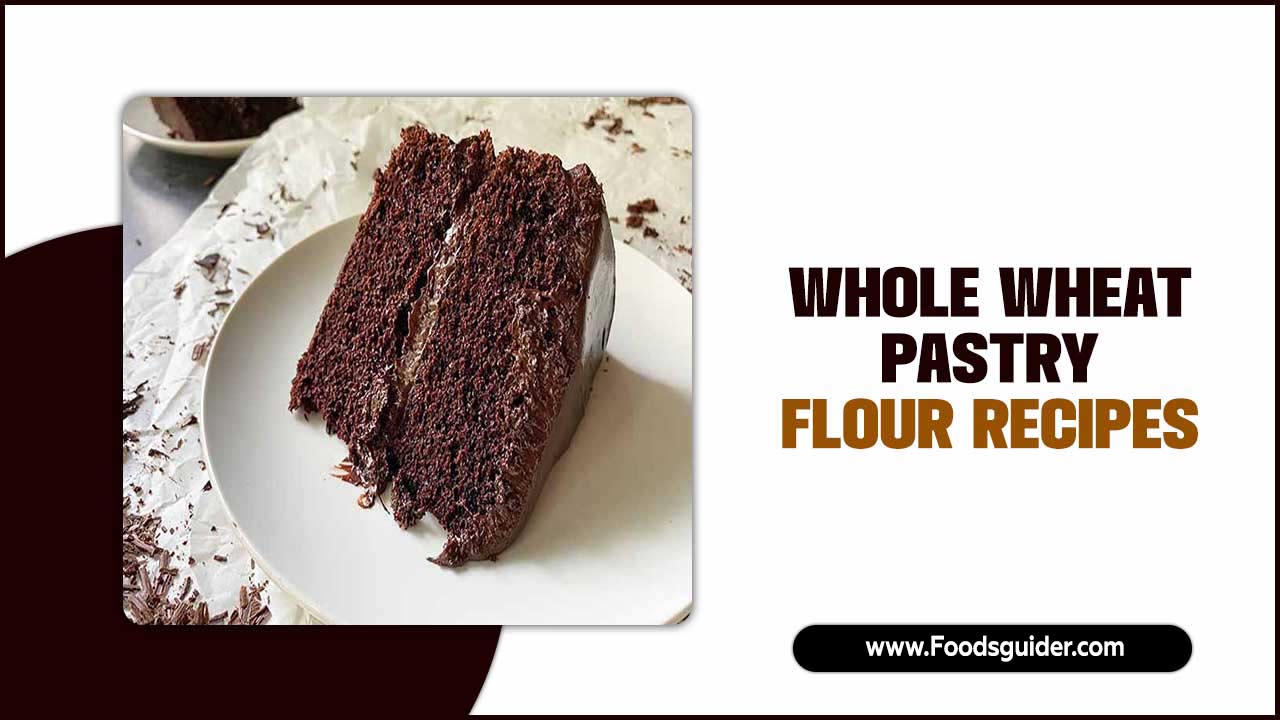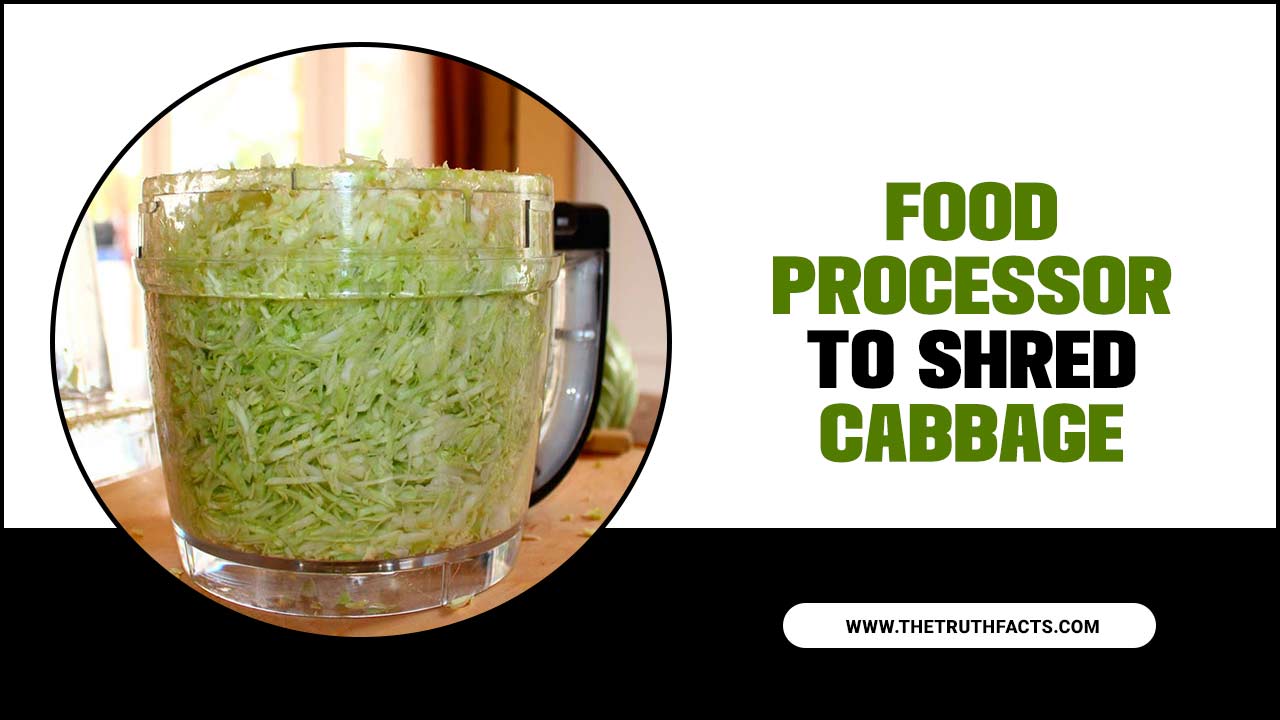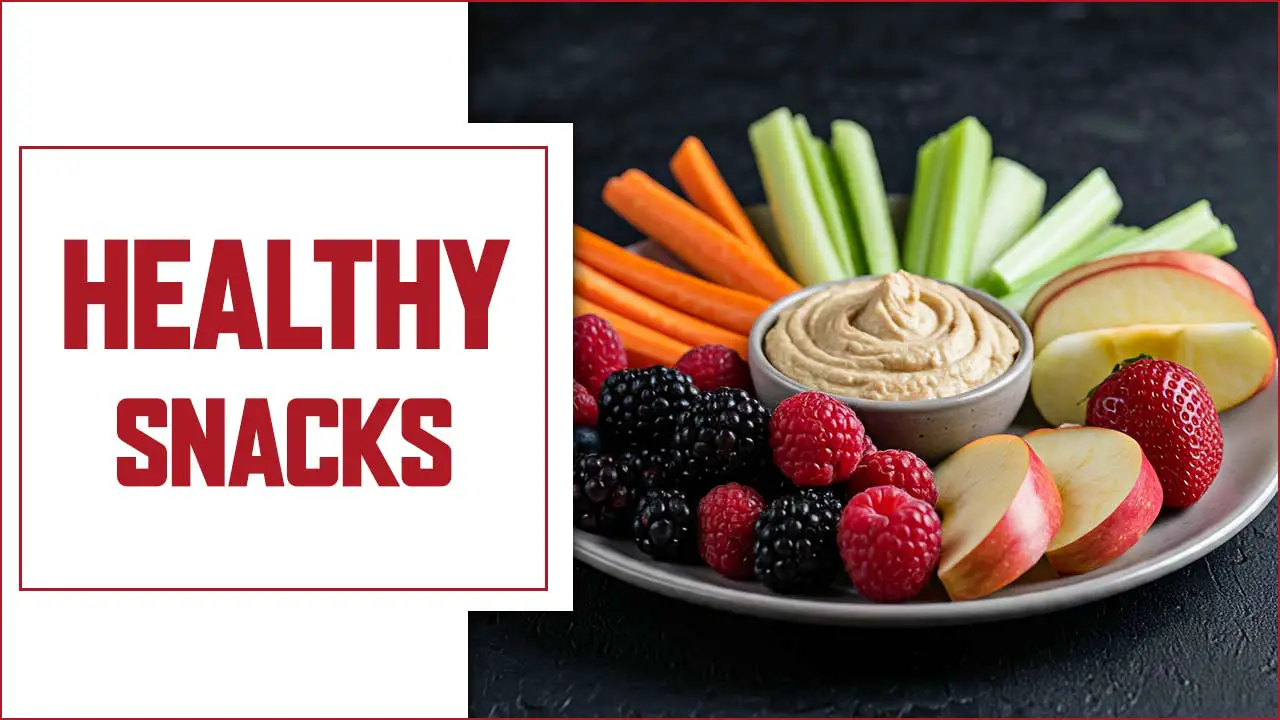To enjoy delicious, lightweight meals while backpacking, focus on dehydrated ingredients, simple assembly, and minimizing water usage. Embrace smart packing and creative flavor boosters for gourmet tastes with minimal effort and weight.
Backpacking can be an incredible adventure, but the thought of lugging heavy food supplies often weighs down aspiring hikers. Who wants tired muscles from carrying more than necessary, especially when it comes to meals? It’s a common worry: how to eat well without being weighed down. But what if I told you that you can have your delicious meals and carry them lightly too? FoodsGuider is here to guide you to a world of ultralight gourmet backpacking, where amazing flavors meet effortless preparation.
Get ready to discover how to pack smart, cook simple, and savor every bite on your next adventure. We’ll break down the secrets to creating meals that are both incredibly light and surprisingly gourmet.
Ultralight Gourmet Backpacking: What’s the Big Idea?
Ultralight gourmet backpacking is all about maximizing flavor and satisfaction while minimizing the weight and bulk of your food. It’s not about eating bland, energy-bar-only diets; it’s about being clever with ingredients and preparation so you can enjoy restaurant-quality meals on the trail. Think of it as a culinary expedition for your backpack!
The “ultralight” aspect means every ounce counts. We’re talking about choosing ingredients that are dense in calories and nutrients but low in weight and volume. The “gourmet” part is where the magic happens – transforming simple, lightweight items into dishes that surprise and delight your taste buds after a long day of hiking. The “effortless” component? That comes from smart meal planning and simple cooking techniques that require minimal fuel and cleanup.
This approach benefits everyone, from seasoned thru-hikers looking to shave off precious grams to weekend warriors who simply want a more enjoyable eating experience. It fundamentally changes how you think about trail food, turning it from a functional necessity into a highlight of your trip.
The Pillars of Ultralight Gourmet Backpacking Meals
Creating delectable, feather-light meals on the trail relies on a few core principles. By understanding and applying these, you’ll be well on your way to gourmet trail dining.
1. Dehydration & Freeze-Drying: Your Weight-Saving Heroes
This is perhaps the most significant factor in reducing food weight. Water is heavy! When you remove it from foods, you drastically cut down on both weight and volume. Two primary methods dominate this space:
- Dehydration: This process removes most of the water content from food, concentrating flavors and nutrients. You can buy pre-dehydrated items or even dehydrate your own at home. Fruits, vegetables, and lean meats are excellent candidates.
- Freeze-Drying: This is the Cadillac of food preservation for backpacking. Food is frozen, and then the ice is sublimated (turned directly into vapor) in a vacuum. This preserves almost all of the food’s original nutrients, texture, and flavor. While often more expensive, freeze-dried meals are incredibly lightweight and rehydrate almost instantly.
For ultralight gourmet backpacking, integrating a mix of both can be ideal. Use specially prepared freeze-dried ingredients for quick, high-quality meal bases and dehydrated fruits/veg for adding flavor and texture.
2. Calorie Density: Fueling Your Adventures
When every gram matters, you need foods that pack a punch calorically. High-calorie-density foods provide sustained energy without adding unnecessary bulk. Think about:
- Healthy Fats: Nuts, seeds, nut butters, olive oil, and avocado (in its dried form, which is surprisingly good!).
- Complex Carbohydrates: Oats, quinoa, couscous, and whole-grain pastas.
- Protein: Pouched or freeze-dried meats, jerky, lentils, and beans.
A good rule of thumb is to aim for at least 100-125 calories per ounce of food. Items like olive oil (over 120 calories per tablespoon!) are fantastic for boosting the calorie count of almost any meal.
3. Simplicity in Preparation: Less Fuss, More Flavor
On the trail, your kitchen is small, your stove might be tiny, and your time (and energy) may be limited. Gourmet doesn’t mean complicated. The best ultralight meals require minimal steps, minimal cooking time, and minimal cleanup.
- One-Pot Wonders: Meals that can be cooked and eaten from a single pot or bag are ideal.
- No-Cook or Minimal-Cook Options: Leveraging ingredients that require only hot water (or no water at all) simplifies things immensely.
- Pre-Prepped Ingredients: Chop vegetables at home, pre-mix spice blends, and pouch ingredients together to save time and mess on the trail.
4. Flavor Boosters: The Secret to Gourmet
This is where “gourmet” truly shines. Bland food is the enemy of an enjoyable backpacking trip. Small, lightweight additions can elevate simple ingredients to sensational meals. Consider:
- Spices and Herbs: Small plastic baggies of your favorite blends (curry powder, Italian herbs, chili flakes, garlic powder, onion powder).
- Bouillon Cubes/Powders: A fantastic base for many savory dishes.
- Powdered Sauces/Gravies: Ready-made flavor bombs.
- Dried Aromatics: Dried garlic, onion, shallots.
- Umami Bombs: Nutritional yeast, dried mushrooms, soy sauce powder, anchovy paste (in a tube for freshness).
- A Touch of Fat: A small, leak-proof container of olive oil or coconut oil can transform dry meals into rich, satisfying dishes.
Essential Gear for Ultralight Gourmet Cooking
You don’t need a full kitchen, but a few key items make ultralight gourmet cooking a breeze. The focus here is on lightweight, compact, and multi-functional gear.
Stove and Fuel
The MSR PocketRocket 2 is a popular choice for its light weight (just 2.6 oz) and reliable performance. For fuel, small canisters of isobutane-propane are common. Always ensure you have enough fuel for your trip, and consider a fuel canister stabilizer for better efficiency and stability.
Cookware
- Lightweight Pot: Titanium pots are incredibly light and durable. A 750ml to 1-liter pot is usually sufficient for 1-2 people.
- Spoon/Spork: A long-handled titanium spork is versatile for eating directly from pouches and reaching the bottom of pots.
- Mug: A double-walled titanium mug can keep your drinks hot and can double as a secondary pot for boiling water.
Water Treatment
Clean water is essential for cooking and drinking. Options include:
- Squeeze Filters: Like the Sawyer Squeeze, these are lightweight and effective at removing bacteria and protozoa.
- Chemical Treatments: Iodine or chlorine dioxide tablets are very light but can impart a taste and take time to work.
- UV Purifiers: The SteriPEN Adventurer Opti uses UV light to kill microbes. It requires batteries but is fast and effective.
For more on water purification, the U.S. Environmental Protection Agency (EPA) offers comprehensive guidance on safe water practices, which are crucial for backcountry safety.
Food Storage
Durable, waterproof resealable bags (like Ziplocs or higher-quality reusable silicone bags) are crucial for portioning and storing ingredients. For bear country, a bear canister or Ursack is mandatory, adding weight but crucial for safety. Always check regulations for your specific hiking area.
Effortless Gourmet Meal Ideas for the Trail
Now for the best part: the food! These recipes are designed to be easy, delicious, and incredibly light. They all rely on readily available dehydrated or freeze-dried ingredients and simple preparation.
1. Spicy Peanut Noodles
A Thai-inspired classic that’s incredibly satisfying. Requires only boiling water.
- Prep at Home: Combine 1/2 cup of your favorite noodles (ramen, soba, or even thin spaghetti), 2 tbsp peanut butter powder, 1 tbsp soy sauce powder, 1 tsp chili flakes, 1 tsp garlic powder, 1/2 tsp ginger powder, and 1 tsp sugar in a sturdy resealable bag. Add 1/4 cup of chopped dehydrated carrots and peas.
- Trail Method: Empty the contents of the bag into your pot. Add 1.5 cups of boiling water. Stir well and let sit for 5-8 minutes, or until noodles are cooked. Add a small leak-proof container of olive oil if desired for extra richness.
2. Savory Lentil Shepherd’s Pie
Hearty, protein-packed, and comforting. This one is a one-pot wonder.
- Prep at Home: In a bag, combine 1/2 cup pre-cooked dehydrated lentils, 1/4 cup dehydrated mashed potato flakes, 1 tbsp dried onion flakes, 1 tsp dried parsley, and 1/2 tsp each of garlic powder and thyme. Add a bouillon cube or 1 tsp vegetable bouillon powder.
- Trail Method: Empty the bag into your pot. Add 1.5 cups of boiling water. Stir gently to combine everything. Let it sit covered for 10-15 minutes, stirring halfway through, until the potatoes have rehydrated and everything is heated through.
3. Lemon Herb Chicken & Couscous
A light yet flavorful meal that’s quick to prepare.
- Prep at Home: In a bag, combine 1/3 cup pre-cooked dehydrated chicken, 1/2 cup instant couscous, 1 tbsp dried chopped vegetables (like bell peppers and zucchini), 1 tsp dried lemon zest, 1 tsp dried mixed herbs (like Italian seasoning), and salt/pepper to taste.
- Trail Method: Empty the bag into your pot. Add 1 cup of boiling water. Stir. Cover and let sit for 5-7 minutes. Fluff with your spork. A tiny packet of olive oil or butter powder can really enhance this.
4. Black Bean & Corn Chili
Spicy, flavorful, and surprisingly filling for its weight.
- Prep at Home: In a bag, combine 1/2 cup dehydrated black beans (pre-cooked), 1/4 cup dehydrated corn, 1 tbsp chili powder, 1 tsp cumin, 1/2 tsp smoked paprika, 1/4 tsp cayenne pepper (or to taste), and 1 tsp dried onion flakes. Add a pinch of salt.
- Trail Method: Empty the bag into your pot. Add 1.5-2 cups of boiling water. Stir well. Cover and let sit for 15-20 minutes to allow the beans and corn to rehydrate fully and flavors to meld.
5. Creamy Mushroom Risotto (Dehydrated Style)
A touch of indulgence on the trail.
- Prep at Home: In a bag, combine 1/2 cup Arborio rice (rinsed and dried thoroughly), 1/4 cup dehydrated sliced mushrooms, 2 tbsp nutritional yeast (for cheesy flavor), 1 tsp garlic powder, and salt/pepper.
- Trail Method: Empty into a pot. Add 2 cups of boiling water. Stir well. Cover and simmer on low for about 20-25 minutes, stirring occasionally, until the rice is cooked and the mixture is creamy. A small packet of olive oil mixed in at the end makes it extra luxurious.
Pro Tips for Gourmet Trail Cooking
Beyond the recipes, a few tricks can elevate your ultralight gourmet experience:
- Embrace the Sun: Use a solar oven or a simple dark bag to keep food warm or even “cook” certain items without fuel if you have extended warm-weather breaks.
- Flavorful Fats: Pack small, leak-proof containers of good olive oil, coconut oil, or even ghee. A drizzle of fat can transform a bland meal.
- Spice Blends: Pre-mix your favorite spice combinations at home. Keep them in small, labeled baggies. This saves space and ensures you have the profiles you want.
- Instant Coffee & Tea: Don’t forget the beverages! Single-serve packets of good instant coffee or gourmet tea bags can be a huge morale booster.
- Desserts: Dehydrated fruit is a healthy snack. For something sweeter, consider a small bag of chocolate chips to melt into a hot drink or a pre-made dessert mix that only requires water.
- Presentation Matters (a little): Even on the trail, eating from a nice bowl or mug, or garnishing with a sprinkle of fresh herbs (if you dare carry them!), can make the meal feel special.
Understanding Food Weights & Calorie Density
To truly master ultralight gourmet backpacking, understanding the weight-to-calorie ratio of your food is key. Here’s a quick look at some common backpacking ingredients and their approximate calorie density:
| Food Item | Approximate Calories per Ounce (oz) | Notes |
|---|---|---|
| Olive Oil | ~240 kcal/oz | Excellent for boosting calorie density. |
| Peanut Butter Powder | ~130-150 kcal/oz | Lighter than regular peanut butter, rehydrates well. |
| Nuts (Almonds, Walnuts) | ~170-180 kcal/oz | Calorie-dense, good fats and protein. |
| Freeze-Dried Chicken/Beef | ~100-110 kcal/oz | Lightweight protein source. |
| Dehydrated Lentils/Beans | ~90-100 kcal/oz | Good plant-based protein and fiber. |
| Instant Oatmeal | ~100-110 kcal/oz | Lightweight carbohydrate base. |
| Instant Couscous | ~110 kcal/oz | Cooks very quickly, lightweight. |
| Dehydrated Vegetables | ~50-80 kcal/oz | Lower calorie density but add nutrients and flavor. |
As you can see, incorporating healthy fats and dense proteins will significantly impact your overall calorie intake versus food weight. This is crucial for longer trips where sustained energy is paramount. For more detailed nutritional information, resources like the USDA FoodData Central can be invaluable.
Planning Your Ultralight Gourmet Menu
Effective menu planning is the backbone of successful ultralight gourmet backpacking. It ensures you have balanced nutrition, delicious variety, and realistic preparation methods. Here’s a simple planning framework:
1. Assess Your Trip Needs
- Duration: How many days and nights? This determines the quantity of food.
- Activity Level: More strenuous hiking requires more calories.
- Water Availability: If water sources are scarce, you’ll want meals that use less water or are no-cook.
- Weather: Colder weather may call for warmer, more comforting meals.
2. Categorize Your Meals
Break down your food needs by meal type:
- Breakfasts: Usually simple and quick (oatmeal, granola, instant coffee).
- Lunches: Often no-cook or minimal-prep (tortillas, jerky, nuts, dried fruit).
- Dinners: This is where the “gourmet” aspect often shines (see meal ideas above).
- Snacks: Trail mix, energy bars, jerky, dried fruit, nuts.
3. Draft Your Menu
Create a day-by-day menu. For each meal, consider:
- Base Ingredients: The main components like noodles, rice, couscous, lentils.
- Protein & Fat: Pouched meat, nuts, seeds, nut butters, oil.
- Vegetables/Fruit: Dehydrated or freeze-dried options.
- Flavor Enhancers: Spices, bouillon, dried herbs.
4. Pack Smartly
Once planned, portion everything into individual meal bags. This makes preparation on the trail incredibly simple and reduces the chance of forgetting an ingredient.
A sample one-day menu might look like this:







